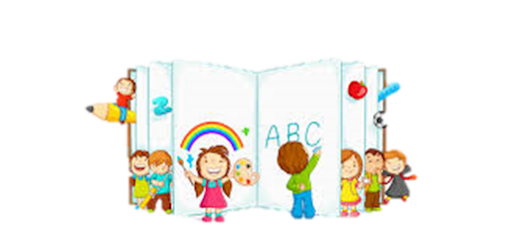Teaching children effectively requires a blend of strategies that capture their interests, align with their developmental stages, and foster a positive learning environment. Here are key approaches to consider:
1. Engage with Interactive Methods
Hands-On Learning: Incorporate activities that involve direct manipulation and exploration, such as science experiments, art projects, or building tasks. These activities help transform abstract concepts into tangible experiences, making learning more concrete and memorable.
Games and Play: Use educational games and play-based activities to make learning enjoyable and engaging. Playful interactions can stimulate interest and facilitate deeper understanding, creating a fun and dynamic learning atmosphere.
2. Foster a Positive Learning Environment
Encourage Curiosity: Cultivate a classroom atmosphere that welcomes questions and exploration. Support children’s natural curiosity by providing resources and opportunities that ignite their interest and encourage them to seek out new information.
Build Relationships: Develop strong, supportive relationships with students. Understanding their individual needs and interests allows you to tailor your teaching approach, fostering a connection that enhances their motivation and engagement.
3. Utilize Various Learning Styles
Visual Learning: Employ visual aids such as charts, diagrams, and videos to reinforce concepts. Visual materials help children grasp and retain information by providing clear and accessible representations of ideas.
Auditory Learning: Integrate storytelling, songs, and discussions to cater to auditory learners. Verbal explanations and engaging dialogues enhance comprehension and allow students to process information through listening and conversation.
Kinesthetic Learning: Involve children in movement and physical activities. Activities like role-playing, building models, or conducting experiments cater to those who learn best through hands-on experiences and physical engagement.
4. Encourage Active Participation
Ask Open-Ended Questions: Promote critical thinking by posing questions that require more than simple yes/no answers. This approach encourages discussion, deepens understanding, and stimulates intellectual curiosity.
Student Choice: Allow students to have a voice in their learning process. Providing choices in projects or topics can boost motivation and investment, making learning more relevant and personalized.
5. Incorporate Real-World Connections
Relate to Everyday Life: Connect lessons to real-world scenarios to make learning meaningful. Use examples from daily life or current events to illustrate concepts, helping students see the relevance and application of their knowledge.
Field Trips and Experiences: Utilize field trips, guest speakers, or virtual tours to provide practical experiences that reinforce classroom learning. These experiences offer real-world context and enrich students’ understanding.
6. Promote Critical Thinking and Problem-Solving
Encourage Exploration: Foster a mindset of inquiry and exploration. Challenge students with problems and scenarios that require critical thinking and creative problem-solving.
Reflective Practice: Teach students to reflect on their learning experiences, assess their progress, and adjust their strategies as needed. Reflection promotes self-awareness and continuous improvement.
7. Provide Constructive Feedback
Positive Reinforcement: Offer praise and constructive feedback to reinforce positive behaviors and improvements. Focus on effort and progress, rather than solely on outcomes, to motivate and guide students.
Supportive Guidance: Provide specific, actionable feedback that helps students understand how to improve and grow. Clear guidance enables them to learn from their experiences and build on their strengths.
8. Adapt to Individual Needs
Differentiate Instruction: Tailor teaching methods to accommodate various learning styles, abilities, and interests. Offer additional support for those who need it and challenge those who are ready for more advanced work.
Personalized Learning: Recognize and address each child's unique strengths and weaknesses. Adjust your approach based on individual needs and preferences to ensure effective and personalized instruction.
By integrating these strategies, you can create an engaging and effective learning experience that supports children's growth and development across multiple domains.






